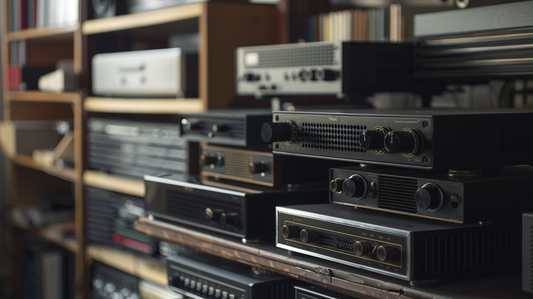Delivery systems
by Paul McGowan
Issue 2 of Copper shipped today. We've had more than 8,000 people read Issue 1, so we hope even more will enjoy Issue 2–and we are grateful when you share Copper with your friends. Help us get the word out about Copper.
Reader feedback is important. We've received letters asking us to publish less than once a week to give enough time to digest Copper's robust content. We've heard you and after this issue, we'll move to bi-monthly. Issue 3 will be delivered March 28.
A number of you prefer to print the magazine instead of viewing it online. If you tried that with Issue 1 you found out it doesn't format well. In fact, it's not readable. Thanks for the feedback and sorry for the problem. That's now fixed and you can download and print a properly formatted edition of either 1 or 2. Download and print Issue 1 or Issue 2 by clicking the links. Thanks for your patience. We're learning.
I had mentioned that once we complete programming on updating Bridge II, (which we'll release as a free upgrade along with a new unbelievable sounding OS for both DirectStream and DSJ), to work with Roon, those using the Roon interface will have a very different sonic experience than they would simply connected to their DACs through USB. In fact, using Roon as the interface for your music library, or Tidal, will sound significantly better through Bridge II than it would through USB. So, why is that?
The answer's deceptively simple. It depends on what device is actually rendering the content: the computer or the Bridge.
Computer's don't make great renderers (players). It's why so many aftermarket programs like Bit Perfect, Amarra, and Audirvana, exist. Their entire raison d'être is to help your computer play music better. Computers were never designed to optimize music playback. Just look at all the trouble we go through to help computers sound better: the aforementioned programs, Jitterbugs, expensive USB cables, disruptors, power supplies, expensive bases to isolate the computers.
Separating the player from the computer is what a product like the Bridge does. But, it isn't only the Bridge that separates functions. An aftermarket server like the Aurender, Sonore, Antipodes, or Lumin, also remove the player duties from the computer and do it better than your desktop computer. The difference between these servers and the Bridge is also simple. The Bridge is JUST a player, the aforementioned servers are themselves computers–but computers that have been optimized for playback.
To keep this discussion simple, let's just focus on the Bridge as a network player and why it sounds different than your computer or a server. It's a subject we've covered before but perhaps it's time to do so again.
Tomorrow, why using a network to separate music is a good thing.
- Choosing a selection results in a full page refresh.
- Opens in a new window.








